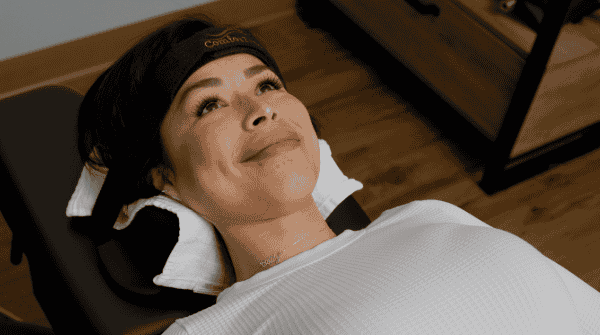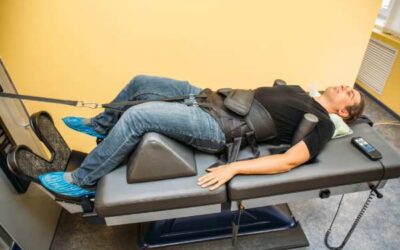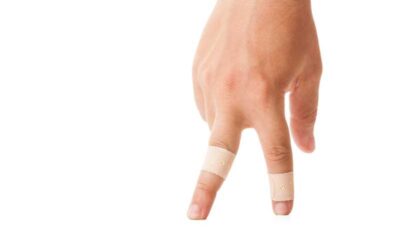Navigating the world of spinal health can often feel like traversing a labyrinth, especially when you’re grappling with persistent back pain. A lumbar decompression machine might seem like a beacon of hope, offering relief without the invasiveness of surgery. However, using these devices without proper knowledge can sometimes lead to more harm than good. Let’s delve into the common mistakes people make with decompression tables and how to sidestep them to ensure you get the most out of your spinal decompression journey.
Understanding Lumbar Decompression Machines
Decompression tables, including cervical and lumbar decompression machines, are designed to alleviate pressure on the spinal discs. This is accomplished by gently stretching the spine, which can help retract bulging or herniated discs and improve spinal alignment. The result? Potentially significant relief from chronic back pain, sciatica, and other related issues.
The Promise of Relief
For those suffering from chronic back pain, the promise of relief through spinal decompression equipment is enticing. Yet, while these tools are powerful, improper use can lead to setbacks. It’s crucial to approach decompression tables with the right mindset and knowledge.
Mistake #1: Neglecting Professional Guidance
One of the most critical errors individuals make is using a decompression table without professional guidance. Chiropractors and physical therapists are trained to assess your condition and determine the appropriate settings for your needs. Attempting to self-manage your sessions can lead to improper use and exacerbate existing problems.
Consulting the Experts
Before using a cervical or lumbar decompression machine, consult with a healthcare provider who understands spinal health. They can guide you on the best chiropractic traction device that suits your unique condition and ensure you’re using it correctly.
Mistake #2: Overuse and Incorrect Settings
When it comes to decompression tables, more is not always better. Overuse or setting the machine to an intensity that’s too high can lead to muscle strain or other injuries.
Finding the Right Balance
Start with short sessions at a lower intensity. Gradually increase the duration and intensity as your body adjusts. Your healthcare provider can recommend a safe and effective plan tailored to your needs.
Mistake #3: Ignoring Physical Health Conditions
Certain health conditions may contraindicate the use of decompression tables. People with conditions like osteoporosis, fractures, or tumors should exercise caution.
Assessing Your Health
Always disclose your full medical history to your provider before beginning decompression therapy. They’ll help ensure that your physical condition aligns with the use of a decompression machine.
Mistake #4: Overlooking Complementary Therapies
Relying solely on a decompression table without integrating other therapeutic approaches can limit the benefits you experience. A holistic approach often yields the best results.
A Multi-Faceted Approach
Combine decompression therapy with exercises to strengthen the core and back muscles, improve posture, and increase flexibility. Physical therapy, massage, or chiropractic adjustments can also complement decompression sessions.
Mistake #5: Impatience and Inconsistency
Relief from chronic back pain often takes time. Expecting instant results can lead to frustration and inconsistent use, which undermines the effectiveness of treatment.
Staying the Course
Be patient and consistent with your decompression therapy. Regular sessions, as advised by your healthcare provider, can lead to gradual improvement and long-term relief.
Mistake #6: Not Considering Equipment Quality
Not all decompression tables are created equal. Investing in a low-quality device might save you money upfront but can cost you in the long run through ineffective treatment or even injury.
Choosing Your Cervical and Lumbar Decompression Machine
Look for the best spinal decompression machine that fits your needs and budget. Consider factors like durability, ease of use, and customer reviews. Your healthcare provider can also recommend reputable brands and models.
Mistake #7: Failing to Maintain the Equipment
Like any piece of equipment, decompression tables require regular maintenance to function effectively and safely.
Keeping Your Table in Top Shape
Follow the manufacturer’s guidelines for maintenance and inspections. Regularly check for signs of wear and tear, and address any issues promptly to ensure the safety and longevity of your decompression table.
Conclusion
Cervical and lumbar decompression machines offer a promising non-surgical option for those seeking relief from chronic back pain. However, to truly benefit, it’s essential to avoid common pitfalls. By seeking professional guidance, using the equipment correctly, and integrating complementary therapies, you can enhance your spinal health journey.
Remember, the goal is to return to doing what you love, whether that’s working without distraction, playing with your grandkids, or simply enjoying a pain-free day. With the right approach and mindset, decompression therapy can be a valuable tool in your quest for long-term relief.




